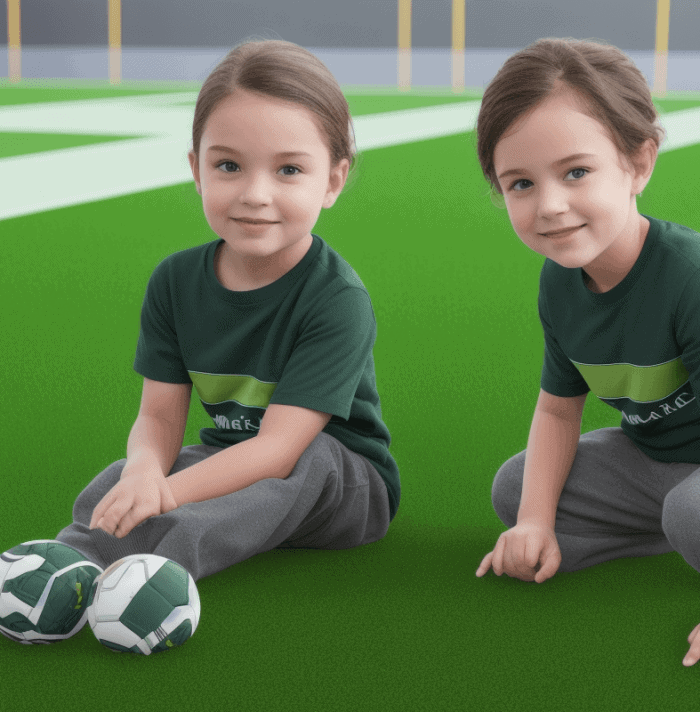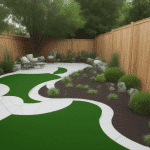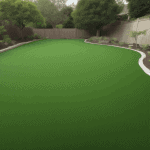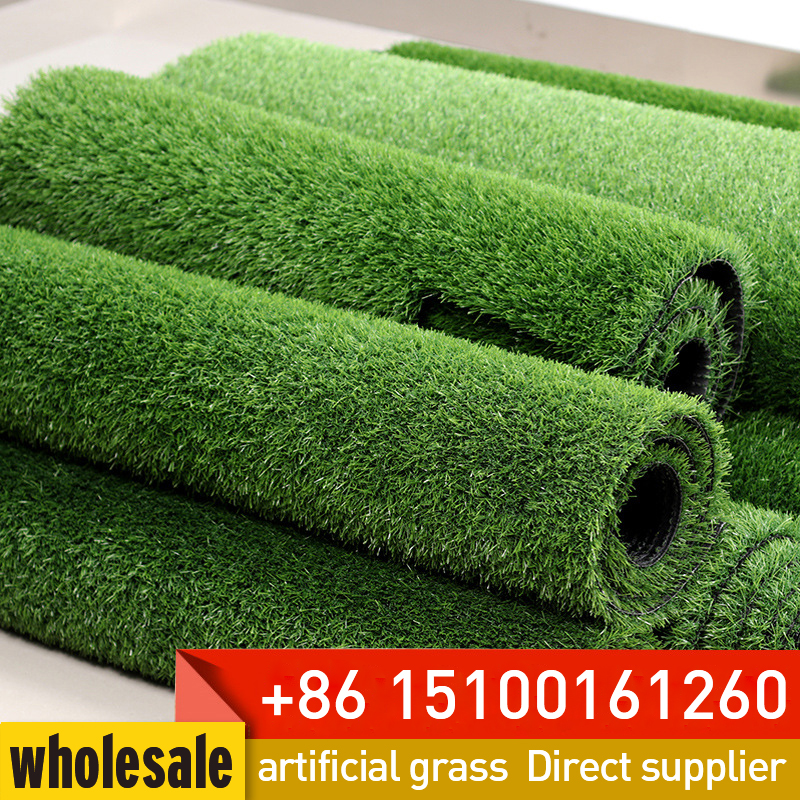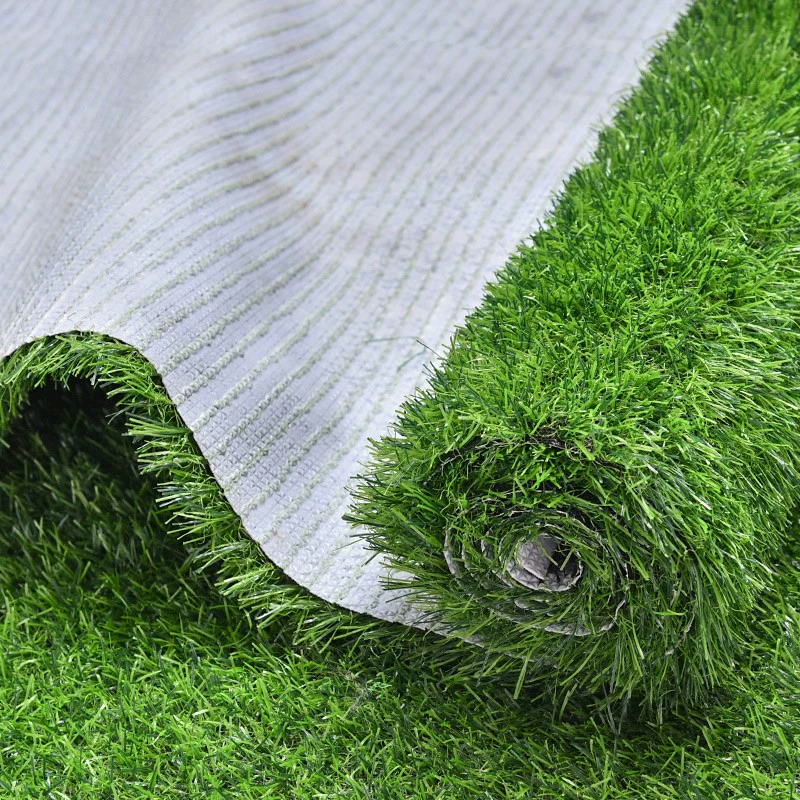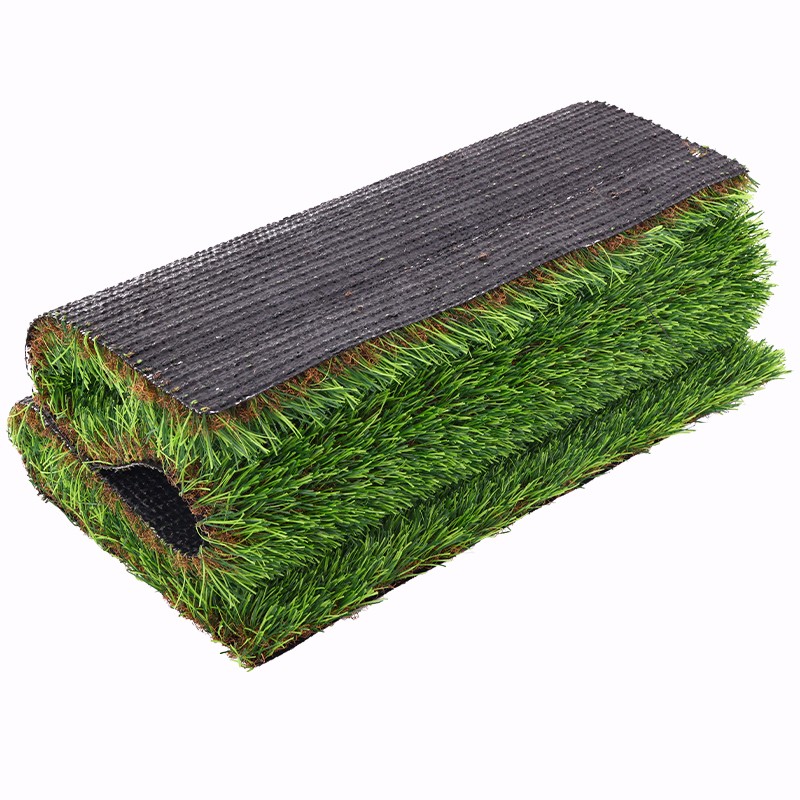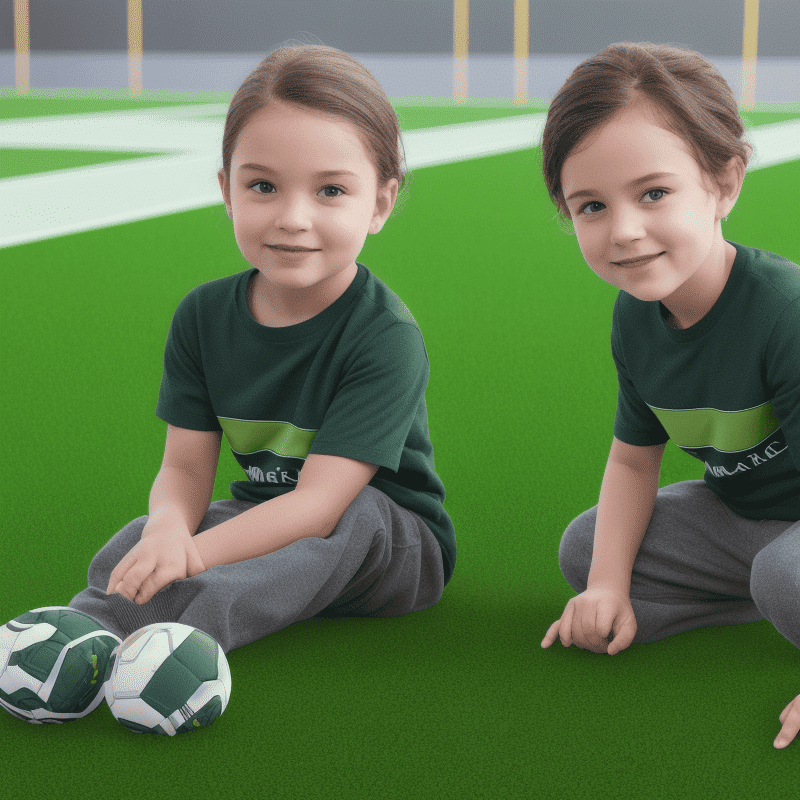
Artificial turf has gained popularity as a practical and low-maintenance alternative to natural grass. When it comes to creating a child-friendly outdoor space, artificial turf offers several benefits. However, it’s important to weigh the pros and cons to make an informed decision. In this article, we will explore the pros and cons of artificial turf for children to help you understand its suitability for your needs.
Pros:
1. Safety: Artificial turf provides a soft and cushioned surface that reduces the risk of injuries from falls. It offers a consistent playing surface without the uneven terrain or holes found in natural grass.
2. Durability: Synthetic turf is highly durable and can withstand heavy foot traffic, rough play, and various weather conditions. It maintains its lush appearance even with regular use, making it ideal for active children.
3. Allergy-Friendly: Unlike natural grass, artificial turf does not produce pollen, reducing the risk of allergic reactions in children who are sensitive to grass allergens. It provides a cleaner and allergen-free playing environment.
4. Low Maintenance: One of the significant advantages of artificial turf is its low maintenance requirements. It eliminates the need for mowing, watering, and applying pesticides or fertilizers. This saves time and effort, allowing more quality playtime for children.
5. Year-Round Use: Synthetic turf allows for year-round play, as it is not affected by weather conditions such as heavy rain or extreme heat. Children can enjoy outdoor activities regardless of the season.
Cons:
1. Heat Retention: Artificial turf can retain heat, especially in direct sunlight. This can make the surface hot to the touch, potentially causing discomfort or burns. It’s important to choose turf with built-in cooling technology or consider shading options to mitigate heat.
2. Potential Odor: If not properly maintained, artificial turf may develop an odor due to the accumulation of organic matter and bacteria. Regular cleaning and proper drainage systems can help prevent unpleasant odors.
3. Initial Cost: The installation of artificial turf can be more expensive compared to natural grass. However, it’s important to consider the long-term savings on water bills, maintenance, and lawn care products.
4. Environmental Impact: Synthetic turf is made from non-biodegradable materials such as plastic and rubber. Its production and disposal can have environmental implications. However, advancements have been made in creating more eco-friendly artificial turf options.
5. Limited Natural Elements: Unlike natural grass, artificial turf lacks the sensory experience of playing on real soil and grass. It may not provide the same level of interaction with nature, such as the ability to feel soil beneath the feet or observe insects and wildlife.
Conclusion:
Artificial turf offers numerous benefits for children, including safety, durability, low maintenance, and allergy-friendly properties. However, it’s important to consider potential drawbacks such as heat retention, initial cost, and the limited natural elements it provides. By carefully weighing the pros and cons, you can determine if artificial turf is the right choice for creating a child-friendly outdoor space.


